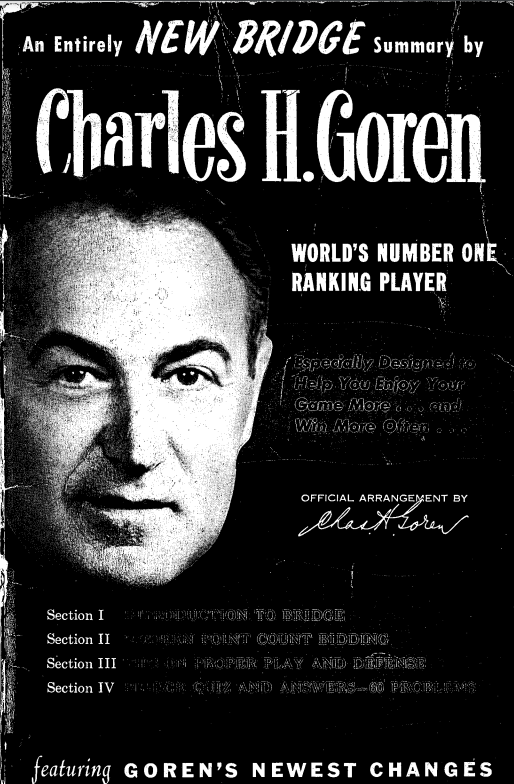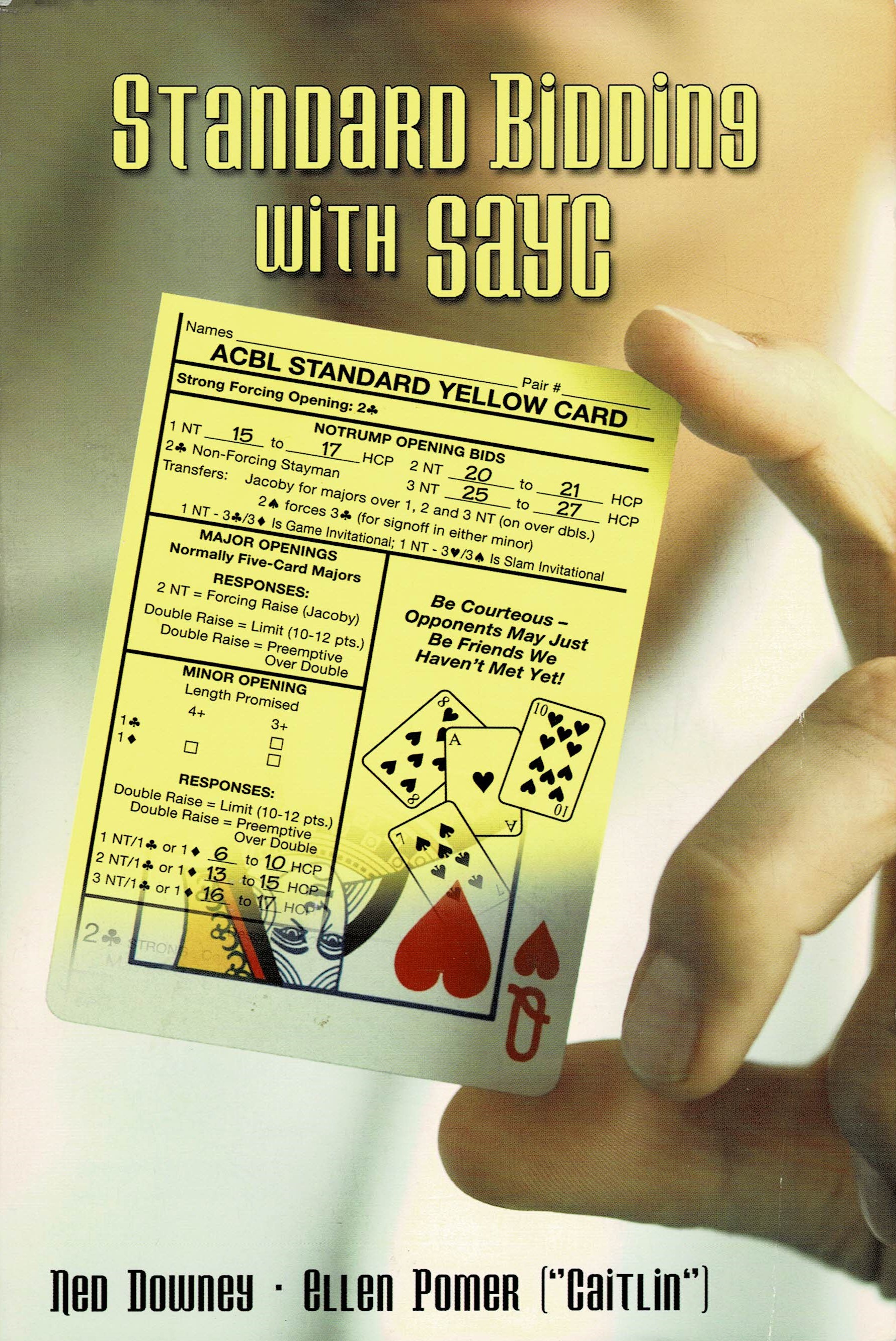1958

As all languages evolve over time, the Goren bidding language also evolved. By 1985, the bidding evolved to the use of 5-card majors to open, and weak 2's (opening a 6+card suit with less than opening count) were added to make the game more competitive. A 2 club opening was reserved for a strong opening in any suit. Goren published another book in 1985 preaching these evolved methods (and others) which became a common system of play, and was still referred to as "Standard American".
Competitive players and tournament players were well aware of this evolution. But many social players were not.
Competitive players and tournament players were well aware of this evolution. But many social players were not.
1985


